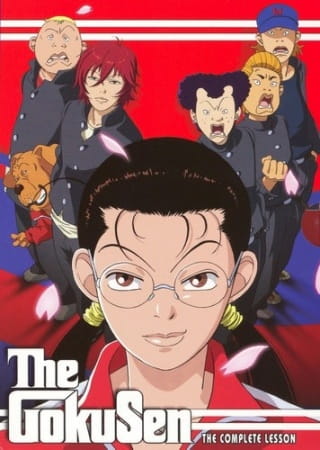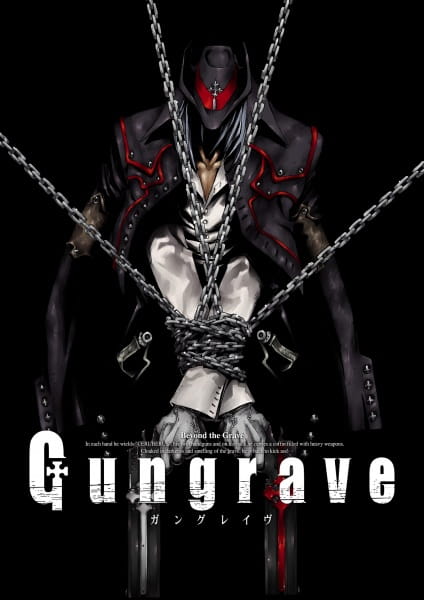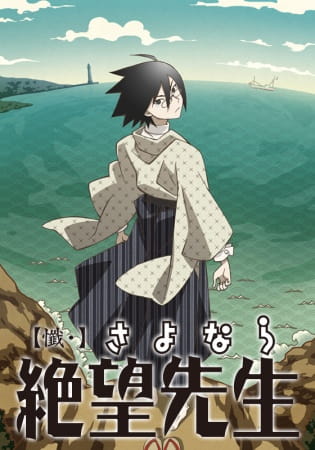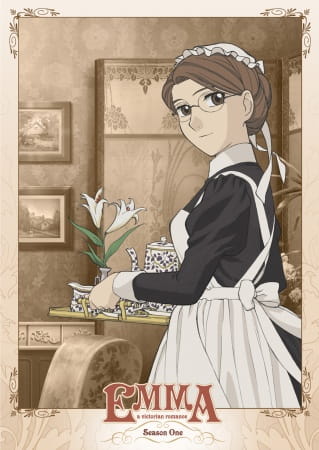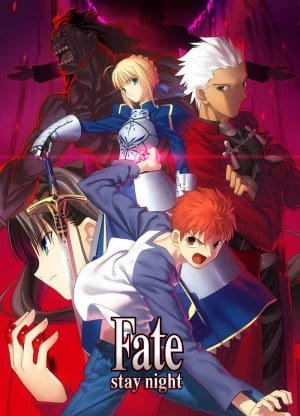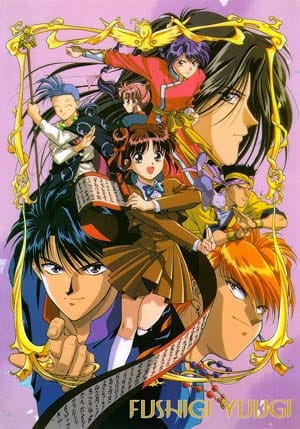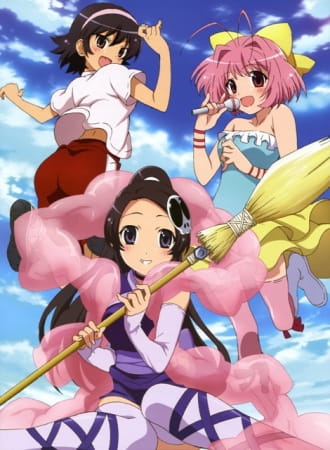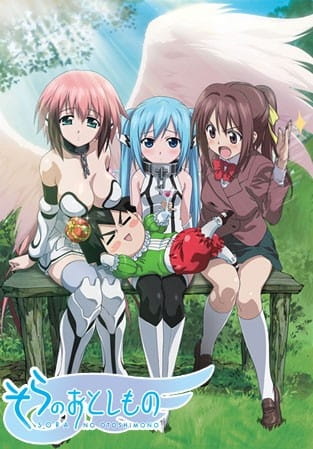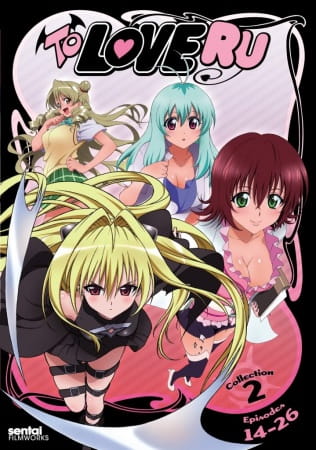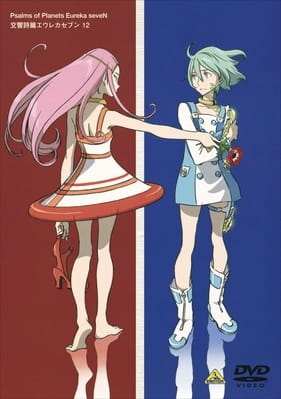
I finally powered through all 50+ episodes of Eureka Seven. Fair warning, there will be spoilers, so read at your own risk.
The first half of the series was enjoyable, with a lively pace despite the schizophrenic setting and plot (a hallmark of Bones productions). However, around the halfway point, right after Charles and Ray’s deaths, the show took a sharp turn. It shifted from an adventurous narrative into a run-of-the-mill teen romance wrapped in a completely deranged setting, seemingly cooked up by a screenwriter drowning in a triple dose of sake and self-loathing.
Character personalities abruptly changed, and the level of nonsensical absurdity skyrocketed. Maybe those who watched the series as it aired didn’t notice this as much, but binge-watching made these shifts glaringly obvious, leaving a rather unpleasant impression.
Take Holland, for example. In the first half, he was a selfish, immature jerk who’d beat up Renton, only to suddenly transform into a mature, kind, and caring mentor figure. Or Eureka, initially a classic kuudere with autistic vibes, she suddenly morphed into a generic and unremarkable character.
Anemone was my favorite character, but even she wasn’t spared. By episodes 48 or 49, she inexplicably stopped being the unhinged maniac and Dewey’s lackey she had been all series long. Out of nowhere, she started hating Dewey, fell in love with Dominic, and turned into a friendly "cute girl." At least they didn’t kill her off until the very end. Renton changed as well over the course of the series, but his development was far less abrupt compared to everyone else.
To be fair, you could try to connect these sudden changes to the plot if you really pay attention (for instance, Anemone’s transformation is linked to her stopping the use of certain substances). Still, the execution feels awkward and unnatural, leaving an unpleasant aftertaste. Don’t even get me started on how they squandered the individuality of the characters.
As for the ending, it’s pretty standard and predictable, nothing to evoke strong emotions really.
On the bright side, I really enjoyed the OST, even though it’s nothing particularly groundbreaking.
If I were to rate it:
First half: 8/10
Second half: 5/10
Final Score: 6.5/10.
